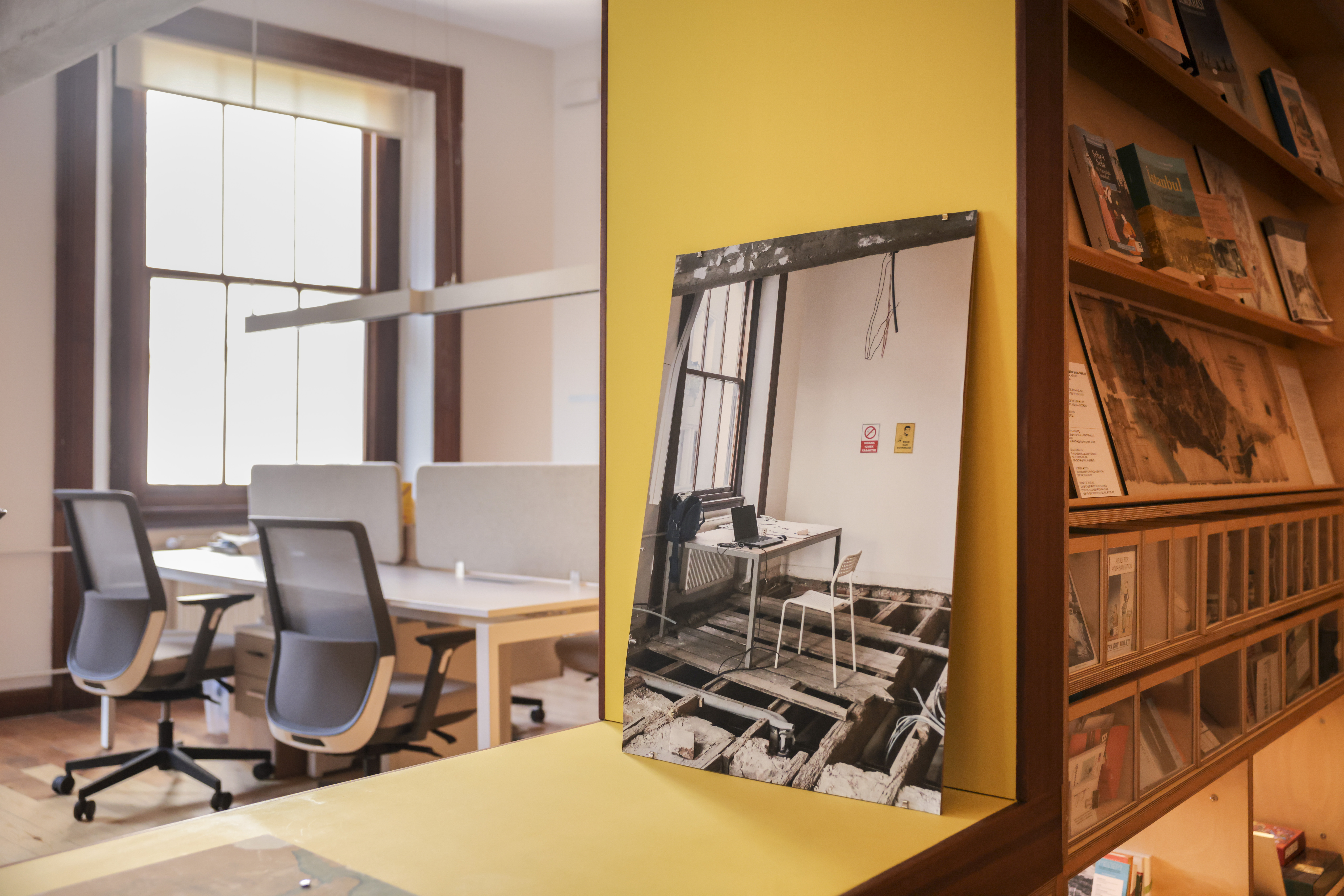Notes
1
Sağ, K. The British post office in the Ottoman capital: A transition through a turbulent period. ITU AIZ 12, 2 (2015). 103-117. See ➝.
2
Preparing for the Earthquake: How old are the buildings in Istanbul and what is the number of floors in apartment buildings? Euronews (Turkish edition). 18 February 2023. (Data source: National Statistics Office Turkey. See ➝. Tunç, G. The Number of Buildings in Turkey (2021) Atılım University Faculty of Civil Engineering (Data source National Statistics Office Turkey).
© 2024 e-flux and the author
